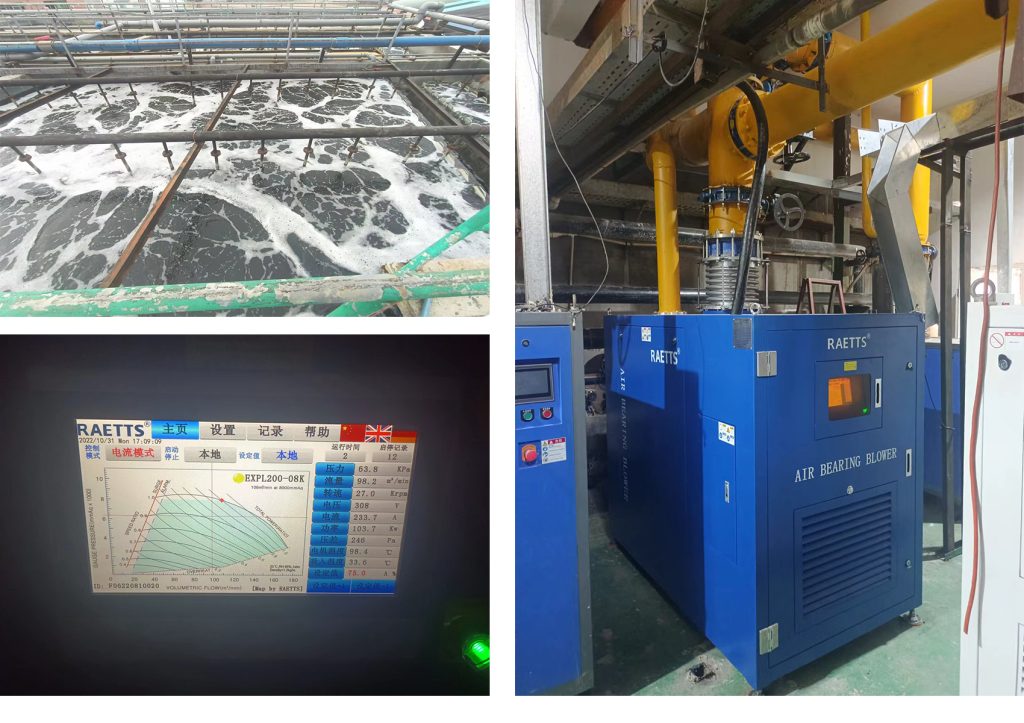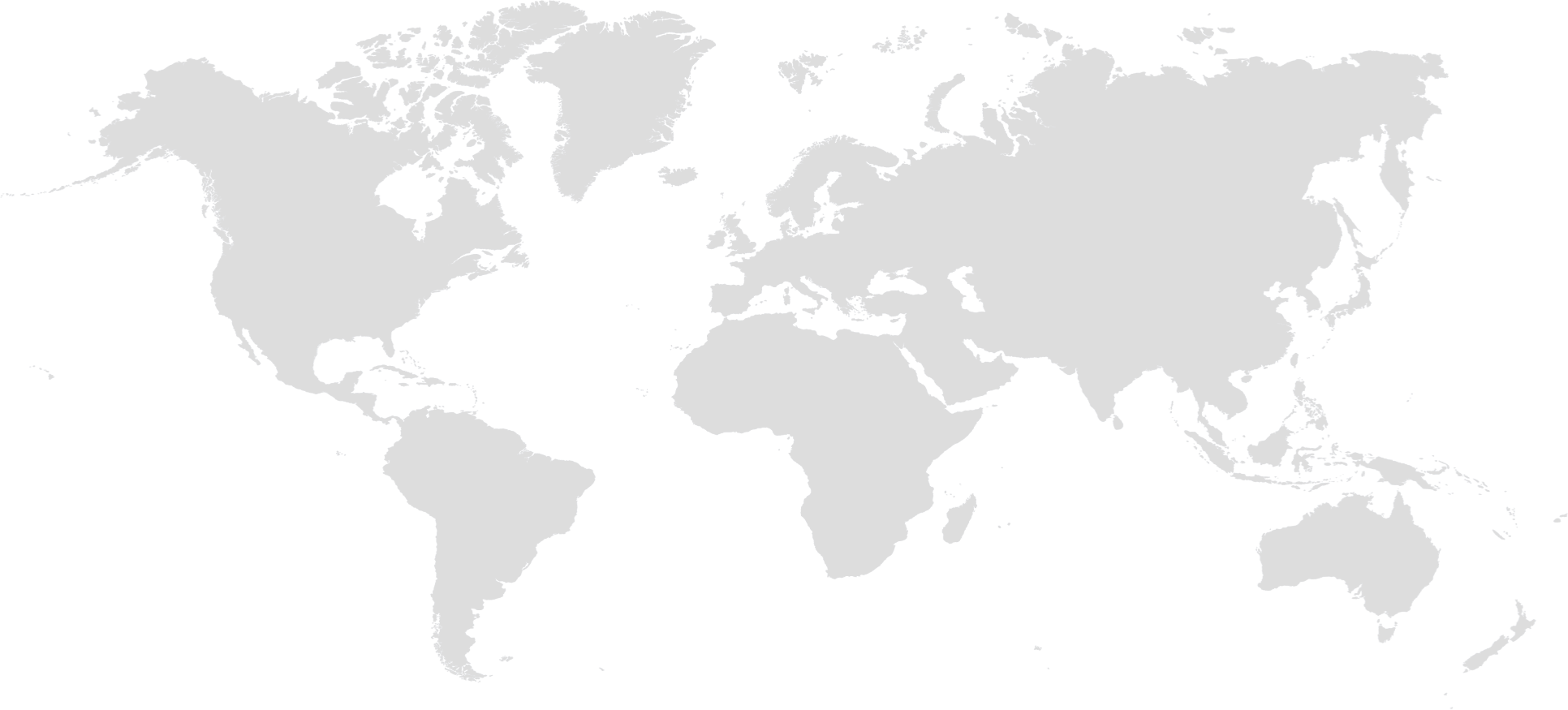A great deal of wastewater was generated during the production processes of the textile industry, and textile wastewater has become one of the difficult treatment wastewater because it contains suspended solids, grease, fibre wastes, surfactants various dyes, etc.
The main characteristics of textile wastewater are:
a). The volume of wastewater is large, and the main pollution of wastewater is organic pollution;
b). The concentration of pollutants in wastewater is high, and the main components are class II harmful substances;
c). The wastewater is alkaline and high colouring;
d). The contaminants in the wastewater greatly vary with the production process, and it is difficult to make the effluent meet the high discharge standard to treat wastewater with conventional sewage treatment facilities.

- The process of textile, printing and dyeing
The commonly used methods for textile wastewater treatment include coagulation, oxidation, biochemical treatment and membrane advanced treatment, most of which use aeration blowers to increase the biochemical reaction speed and achieve the purpose of rapid treatment.
If the printing and dyeing wastewater is treated according to the indirect discharge standard GB42872012, the cost is about 3.7 yuan per ton; if it is treated according to the direct discharge standard GB42872012, the cost is about 4.7 yuan per ton. The treatment cost of printing and dyeing wastewater is higher than other industries.
The general blowers used in the textile industry are roots blowers and multi-stage centrifugal blowers. The disadvantages of these two blowers are backward technology and high energy consumption. It’s a great expense to the textile industry when the electricity and raw material prices rise.
Making good choices about the energy-saving aeration blower is the key to reducing the cost of printing and dyeing sewage treatment and increasing benefits of the factory, and it is also the key to upgrading and reconstruction success of most of the textile printing and dyeing factories.
The air-bearing turbo blower and maglev turbo blower developed by RAETTS that invest a large amount of money can well meet the energy-saving and consumption reduction needs of the textile printing and dyeing industry.
RAETTS air bearing centrifugal blower is equipped with the most advanced air suspension bearings in the world. When the bearing rotates, it has no physical contact with other parts, and is directly connected to the motor. It has the advantages of high efficiency, long service life and lubricating oil free. The antifriction bearing of the traditional Roots blower has a complicated structure and high failure rates, which leads to a short service life of the traditional Roots blower and is not friendly to the environment.
RAETTS has served hundreds of medium and large textile printing and dyeing enterprises in Jiangsu, Zhejiang, Guangdong and Shandong provinces at present. RAETTS blowers are more energy efficient than traditional blowers and similar blowers of other brands from all customer feedback.
According to statistical analysis of feedback from customers, RAETTS air bearing blower and maglev turbo blower can save energy more than 30% compared with traditional blowers. For example, a textile factory uses a traditional blower with an annual electricity bill of 1.3 million yuan. Using the RAETTS blower will help the enterprise save about 400,000 yuan in electricity and a lot of maintenance costs.
RAETTS turbo blower has the advantages of energy saving, low noise, environmentally friendly and maintenance free, and has become the first choice for upgrading and transformation of textile printing and dyeing enterprises.

Dongguan Shatin Lake Side Textiles Printing & Dyeing Co Ltd – Phase I RAETTS Air suspension blower renovation project





